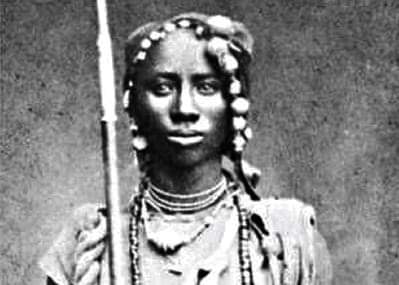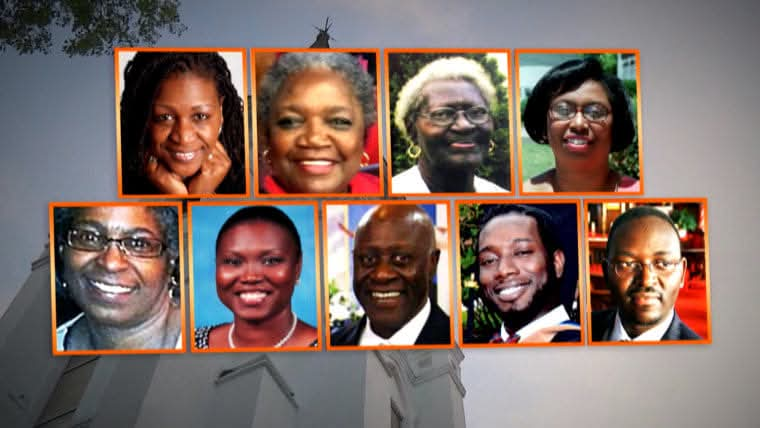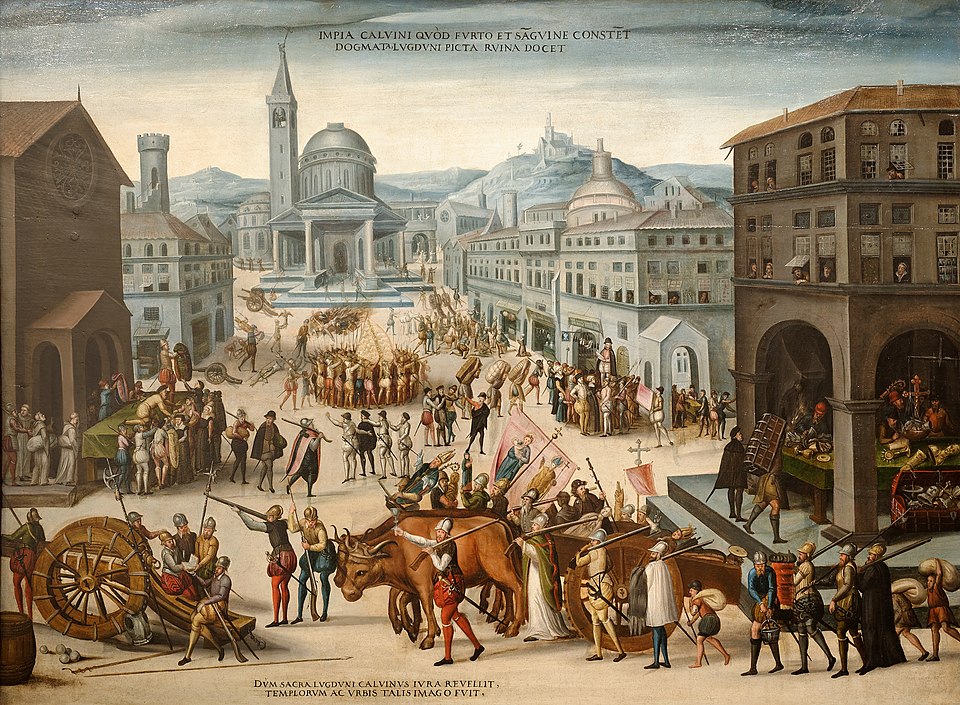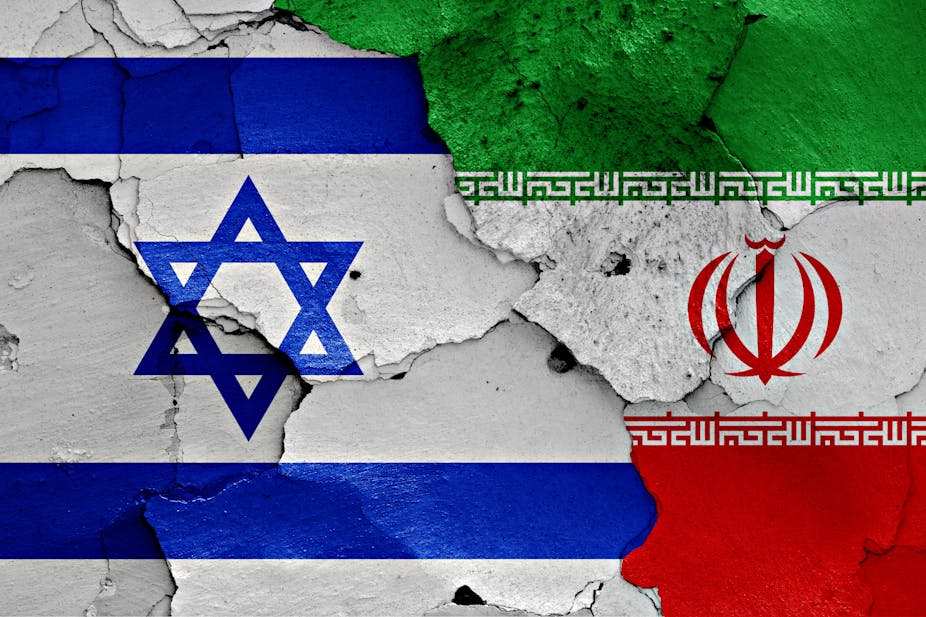Seh-Dong-Hong-Beh and the Dahomey Amazons

Did you know that the Dahomey Amazons were female warriors that were recruited and were married off to their king to serve and to protect him?
Seh-Dong-Hong-Beh, meaning, "God Speaks true", was a leader of the Dahomey Amazons, an all female military unit under King Guezo. The Dahomey Amazons were a Fon (Mino) all-female military regiment of the Kingdom of Dahomey which existed until 1904. They were so named by Western observers and historians due to their similarity to the mythical Amazons of ancient Anatolia and the Black Sea.
This unusual emergence of an all-female military regiment was the result of Dahomey's male population facing high casualties in frequent warfare with neighboring West African states, as well as Dahomey being forced to annually give male slaves to the Oyo Empire (now in modern day Nigeria). The lack of men likely led the kings of Dahomey to recruit women into the army.
In 1851 Seh-Dong-Hong-Beh led an army of 6,000 women against the Egba, a rival group, fortress of Abeokuta. In 1892 King Behanzin of Dahomey (now Benin) fought the French colonists over trading rights. His army of 12,000 troops, including 2,000 Amazons trained by Seh-Dong-Hong-Beh fought the French, but neither the kingdom nor the Amazons survived their anti-colonial war.
Seh-Dong-Hong-Beh age and date of death is unknown. Many Amazons were enlisted as small girls of between 8 or 10 years of age; a number of them would have been killed early in any battle that they fought in. An inconclusive guess would be that she could have been born sometime between 1815 and 1835, assuming she was aged between the late teens and the early 30s in 1850. She was not mentioned by the French army during the Dahomey-French wars, so she might have died in battle or retired at any time between 1851, 1874—the year of the first skirmishes with the French army—, or 1889—the year of the First Franco-Dahomean War.
She was portrayed in a hand drawn, partially colored portrait in her uniform, armed with a musket and holding a captive's severed head, in the 1851 book "Dahomey and the Dahomans" by Frederick Edwyn Forbes, a British Navy Commander and member of the Royal Geographical Society. As a deeply convinced abolitionist, he traveled to the Dahomey kingdom in 1849–50 with the mission of convincing king Guezo to stop the African slave trade. He described the female Dahomeyan army in detail, commenting on their lifestyle and behaviour as inserts in his negative descriptions and observations of the Dahomey wars that serviced the slave trade.
King Houegbadja (who ruled from 1645 to 1685), the third King of Dahomey, is said to have originally started the group which would become the Amazons as a corps of elephant hunters called the gbeto. Houegbadja's daughter Queen Hangbe (ruling from 1708 to 1711) established a female bodyguard. European merchants recorded their presence.
According to tradition, her brother and successor King Agaja successfully used them in Dahomey's defeat of the neighbouring kingdom of Savi in 1727. The group of female warriors was referred to as Mino, meaning "Our Mothers" in the Fon language, by the male army of Dahomey. Other sources contest the claim that King Agaja's older sister Queen Hangbe was the ruler to establish the units, some even going so far as to question whether or not Queen Hangbe actually existed.
From the time of King Ghezo (ruling from 1818 to 1858), Dahomey became increasingly militaristic. Ghezo placed great importance on the army, increasing its budget and formalizing its structure from ceremonial to a serious military. While European narratives refer to the women soldiers as "Amazons", they called themselves ahosi (king's wives) or Mino (our mothers).
Ghezo recruited both men and women soldiers from foreign captives, though women soldiers were also recruited from free Dahomean women, some enrolled as young as 8 years old. Other accounts indicate that the Mino were recruited from among the ahosi ("king's wives") of which there were often hundreds. Some women in Fon society became soldiers voluntarily, while others were involuntarily enrolled if their husbands or fathers complained to the king about their behaviour.
Membership among the Mino was supposed to hone any aggressive character traits for the purpose of war. During their membership they were not allowed to have children or be part of married life (though they were legally married to the king). Many of them were virgins. The regiment had a semi-sacred status, which was intertwined with the Fon belief in Vodun.
The Mino trained with intense physical exercise. They learnt survival skills and indifference to pain and death, storming acacia-thorn defenses in military exercises and executing prisoners. Discipline was emphasised. Serving in the Mino offered women the opportunity to "rise to positions of command and influence" in an environment structured for individual empowerment. The Mino were also wealthy and held high status.
The Mino took a prominent role in the Grand Council, debating the policy of the kingdom. From the 1840s to 1870s (when the opposing party collapsed), they generally supported peace with Abeokuta and stronger commercial relations with England, favouring the trade in palm oil above that in slaves; this set them at odds with their male military colleagues.
Apart from the Council, the Annual Customs of Dahomey included a parade and reviewing of the troops, and the troops swearing of an oath to the king. The celebrations on the 27th day of the Annual Customs consisted of a mock battle in which the Amazons attacked a "fort" and "captured" the slaves within, a custom recorded by the priest Francesco Borghero in his diaries.
The women soldiers were rigorously trained and given uniforms. By the mid-19th century, they numbered between 1,000 and 6,000 women, about a third of the entire Dahomey army, according to reports written by visitors. These documented reports also indicated that the women soldiers suffered several defeats. They were said to be structured in parallel with the army as a whole, with a center wing (the king's bodyguards) flanked on both sides, each under separate commanders. Some accounts note that each male soldier had a female warrior counterpart. In an mid-19th century account by an English observer, it was documented that the women that had three stripes of whitewash around each leg, were honored with marks of distinction.
The women's army consisted of a number of regiments: huntresses, riflewomen, reapers, archers and gunners. Each regiment had different uniforms, weapons and commanders. In the latter period, the Dahomean female warriors were armed with Winchester rifles, clubs and knives. Units were under female command. An 1851 published translation of a war chant of the women claims the warriors would chant, “a[s] the blacksmith takes an iron bar and by fire changes its fashion so have we changed our nature. We are no longer women, we are men.”
The Dahomey kingdom was often at war with its neighbors, and captives were needed for the slave trade. The Dahomey women soldiers fought in slave raids, as referenced in the Zora Neale Hurston non-fiction work Barracoon, and in the unsuccessful wars against Abeokuta.
The troops were disbanded when the kingdom became a French protectorate. Oral tradition states that some surviving amazons secretly remained in Abomey afterwards, where they quietly assassinated a number of French officers. Other stories say the women pledged their services in protection of Agoli-Agbo, the brother of Béhanzin, disguising themselves as his wives in order to guard him.
Some of the women married and had children, while others remained single. According to a historian who traced the lives of almost two dozen ex-amazons, all the women displayed difficulties adjusting to life as retired warriors, often struggling to find new roles in their communities that gave them a sense of pride comparable to their former lives. Many displayed a tendency to start fights or arguments that frightened their neighbours and relatives.
Between 1934 and 1942, several British travellers in Abomey recorded encounters with ex-amazons, now old women who spun cotton or idled around courtyards. An unknown number of women are said to have trained with the members of the Dahomey Amazons after they were disbanded, in effect continuing the tradition. They never saw combat. Around 2019, Lupita Nyong'o interviewed one of these who was still alive.
The last survivor of the Dahomey Amazons is thought to have been a woman named Nawi. In a 1978 interview in the village of Kinta, a Beninese historian met Nawi, who claimed to have fought the French in 1892. Nawi died in November 1979, aged well over 100.
In 2018, it was announced that the rights to a feature film called The Woman King had been acquired, inspired by the Dahomey Amazons, starring Viola Davis and Lupita Nyong’o, and describing the story of Nanisca (Davis), general of the Amazons, and her Recruitment.
Source: Wikipedia
#penglobalhistory #DahomeyAmazon #SehDongHongBeh



